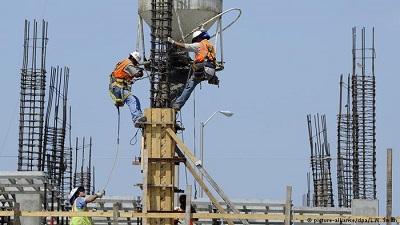 Thursday, April 25, 2024
Thursday, April 25, 2024  Thursday, April 25, 2024
Thursday, April 25, 2024 
When you think “sustainability,” building with wood isn’t necessarily the first thing that comes to mind. But a deeper look at the growing trend begs the question: Could wood be a key sustainable resource of our future?
Travel to a developing country, and once you get off the beaten path and out into any forested area, you are likely to see truckloads of felled trees being ferried away.
Wood comes from forests — so typically, timber is associated with deforestation. And deforestation is a key environmental problem: not only does it destroy ecosystems and habitat; it’s also a major factor driving climate change.
So wood isn’t an obvious choice for eco-friendly construction. But with man-made materials leaving a huge carbon footprint, wooden architecture is enjoying a resurgence.
It’s even being touted as our only significant renewable construction material.
Secondary forests, sustainably managed
To assess sustainability, the entire life cycle of a product must be considered. And that starts with the source. If primal forests are clear cut to provide timber — be they in the Amazon, Indonesia or the Pacific Northwest of the United States — that does not represent a sustainable source.
But in many densely populated parts of the world, including in Central Europe, people have used forests for many generations, and changed them in the process.
“Our European forests have been used for centuries, and are highly humanized in many ways,” says Marc Palahí, director of the European Forest Institute, an international research organization.
In Germany, for example, most forest is secondary, meaning it’s been cut down and has regrown.
Timber extraction meant German forests were already shrinking in the 18th century, and foresters responded by considering how to manage them sustainably.